Media | Articles
Torch-er Test: 5 ways to free stuck bolts
A while back, a friend expressed frustration to me about a security Torx bolt inside the steering column of his vintage Ford. He knew there was red Loctite holding the bolt in place, so getting it out would require heat. A heat gun would be his weapon of choice. “That’s never going to work,” I thought, but also trusted that he knew what he was doing.
His plan ended up failing, mostly due to other variables, but it led to an interesting question: How could we test the efficacy of various popular methods for heating parts in the garage?
We both had our opinions, so our approach had to be scientific, or at least quasi-scientific. Being married to a real-life scientist (I only play one on the internet), I consulted my wife and spend an evening designing a repeatable and measurable test. The goal was to not only to measure the effectiveness of popular heating strategies across a few applications, but also to see if unconventional methods—like my friend’s heat gun approach—might be actually useful in certain situations.
The test
I grabbed an old trailer axle and lopped off the end. This chunk of 1/2″ steel with some tube welded was a reasonable stand-in for a car part, replicating the heat sink (absorption of heat by a piece of metal away from another area) that often plays out in multi-piece components. I then drilled a hole, threaded it, and put in a new bolt with a couple spacers to ensure the bolt had some stretch and tension.
Repeatability is a core tenet of any test. In each run, the bolt was torqued to 50 foot pounds with a dab of red Loctite on the threads and then left to cure for 10 hours—not a perfect duplication of a corroded fastener or something that has been torqued down for decades but a fair baseline for the methods we tested.
Marketplace
Buy and sell classics with confidence
To keep the breaking-loose torque on the fastener consistent, I used a jack handle and a weight hung on the end—in this case a sledgehammer and receiver hitch tube. This ensured that there was no additional force acting on the bolt and effectively isolated the variables to what we were testing: the heat breaking down the Loctite. Each experiment occurred in my garage, at a room temperature of 50 degrees Fahrenheit.
Each heat source was applied to one side of the steel plate surrounding the bolt until the bolt broke free and the weight dropped. The chief data point we were recording was time elapsed, but for the sake of more data (and an interesting talking point), I also measured the temperature of the steel plate and bolt right after each the bolt broke free, using an infrared thermometer.
The heat sources
MAP-Pro
The yellow tanks you find at the hardware store are no longer MAPP gas like they once were. Now those tanks are MAP-Pro, which replaces the blend of methylacetylene, propadiene, and propane molecules that makes up MAPP for a gas that only contains propylene and propane. MAPP was discontinued in 2008, which is unfortunate for garage dwellers like you and I because true MAPP gas burned at 5300 degrees Fahrenheit; MAP-Pro burns at 3730 degrees.
Propane
This one should be familiar, as it’s the substance many of us rely on for home heating and cooking. Morgan even used propane for engine fuel at one point! It comes blue tanks at the store, usually right next to the MAP Pro bottles on the shelf. Propane is readily available in many different storage forms, though, and it’s suitable for multitude of tasks. It’s very often employed for soldering or sweating copper pipes in plumbing applications. Burning slightly cooler than MAP-Pro at 3600 degrees, propane is common in a lot of home garages.
Butane kitchen torch
Butane is best known for its use in lighters and other small utility-type torches, such as the kitchen torch we used in this experiment. Butane carries the same potential energy as propane, so burned in the same volume and efficiency it should produce similar results. However, this kitchen torch is much smaller than the ones we used with MAP-Pro and propane, despite the more focused flame. I was particularly curious about how this one would work out, because I’ve personally often wondered if it would come in handy for gently heating delicate parts with a greater demand for accuracy.
Heat gun
Using electric coils and a fan, a heat gun uses resistance to create heat and directed airflow to apply it to your chosen material. Adjustability for temperature and fan speed is nice, but the imprecise nature of how the heat is distributed can sometimes be an issue. Working under a dashboard or on something with plastic components might require using a heat shield to keep hot air from unintentionally affecting sensitive components. For things like heat shrink tubing or softening rubber hoses or lines, however, a heat gun’s soft and variable heat is tough to beat.
Oxyacetylene torch
The beast of the bunch. Twin tanks, hot enough to cut plate steel when properly utilized. The old saying about a stuck fastener that “can’t be tight if it’s liquid” stems from oxyacetylene heat. By far, use of this tool requires the most skill and attention of any torch we’ve discussed thus far. For that reason it rarely appears in DIYer hands. Flame temperatures can reach 6300 degrees and, combined with a rosebud or large welding tip, can put a lot of heat into a workpiece very quickly. This ability can help keep heat localized when used properly, or, when misused, can cause major damage. Add in the ability to use this torch for welding and brazing of materials and it’s easy to see why these setups are popular for more than just slow-motion shots of people using a striker and lighting the flame.
The results!

Consider this your disclaimer: As much as I tried to remove variables from this test, some remained. Take a second to study the chart above.
So, are results what you expected? If so, keep in mind that reinforcing knowledge is still a kind of knowledge gained. An interesting note, too: I used a “0” tip for the oxyacetylene torch, which is a relatively small welding tip. It still pumped enough heat into the steel plate to soften the Loctite faster than anything else. Unfortunately I didn’t have the time to reset the test and try again with a rosebud or larger tip to see if it would work even faster. I suspect it would.
The big takeaway from my perspective: My friend was actually right, at least in a sense.
The heat gun did loosen the Loctite, but the time required and lack of localized heat application makes for a questionable use case in the context of breaking bolts free. In a relatively fragile environment, like under a dashboard, I would be worried about the amount of hot air being pushed in the vicinity of wiring looms or delicate sensors. It would likely still be best to shield or otherwise protect items, even from “only” 1000 degrees that a heat gun can produce. Sometimes, counterintuitively, more heat for a shorter time can save not only time but also materials.
There is a right tool for every job, and sometimes we don’t have it. It happens. I am just happy to know that all of these are legitimate options in a pinch. Pretty sweet, actually.
Is there something else from the garage you would like to see tested in this type of manner? Leave it as a comment below and we’ll see if we can devise a test and share the results. Who doesn’t love learning?
***
Check out the Hagerty Media homepage so you don’t miss a single story, or better yet, bookmark it. To get our best stories delivered right to your inbox, subscribe to our newsletters.

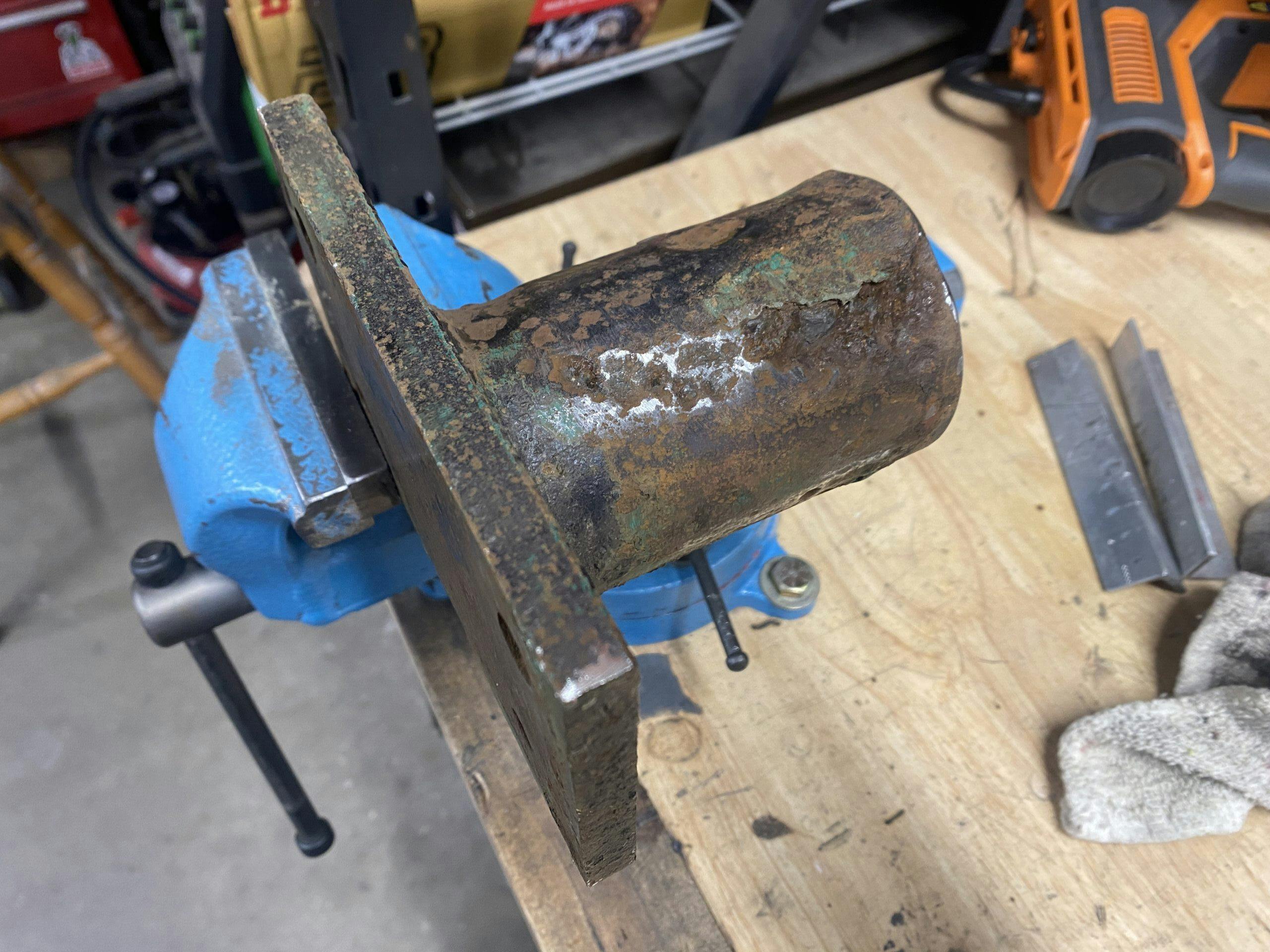
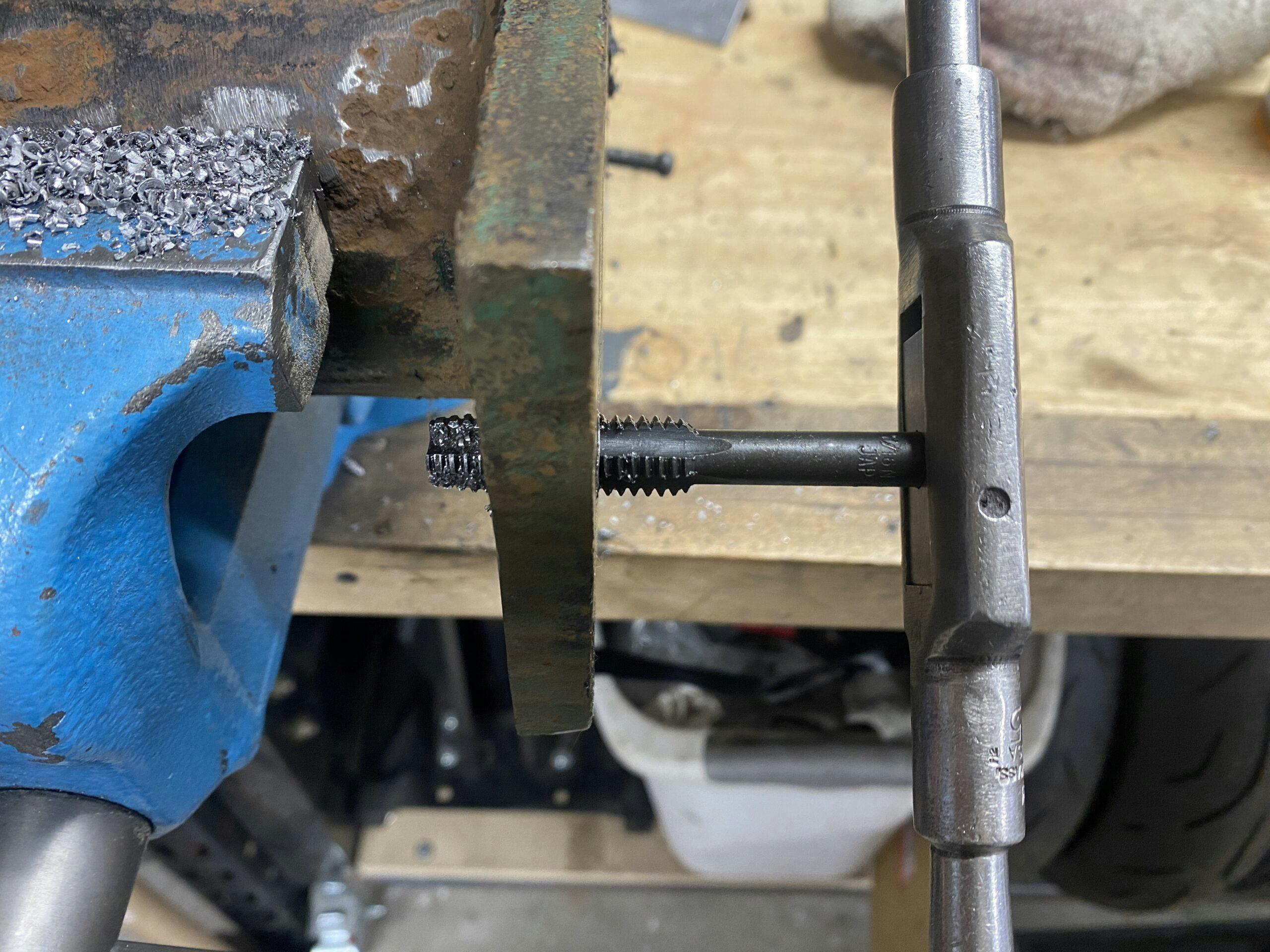

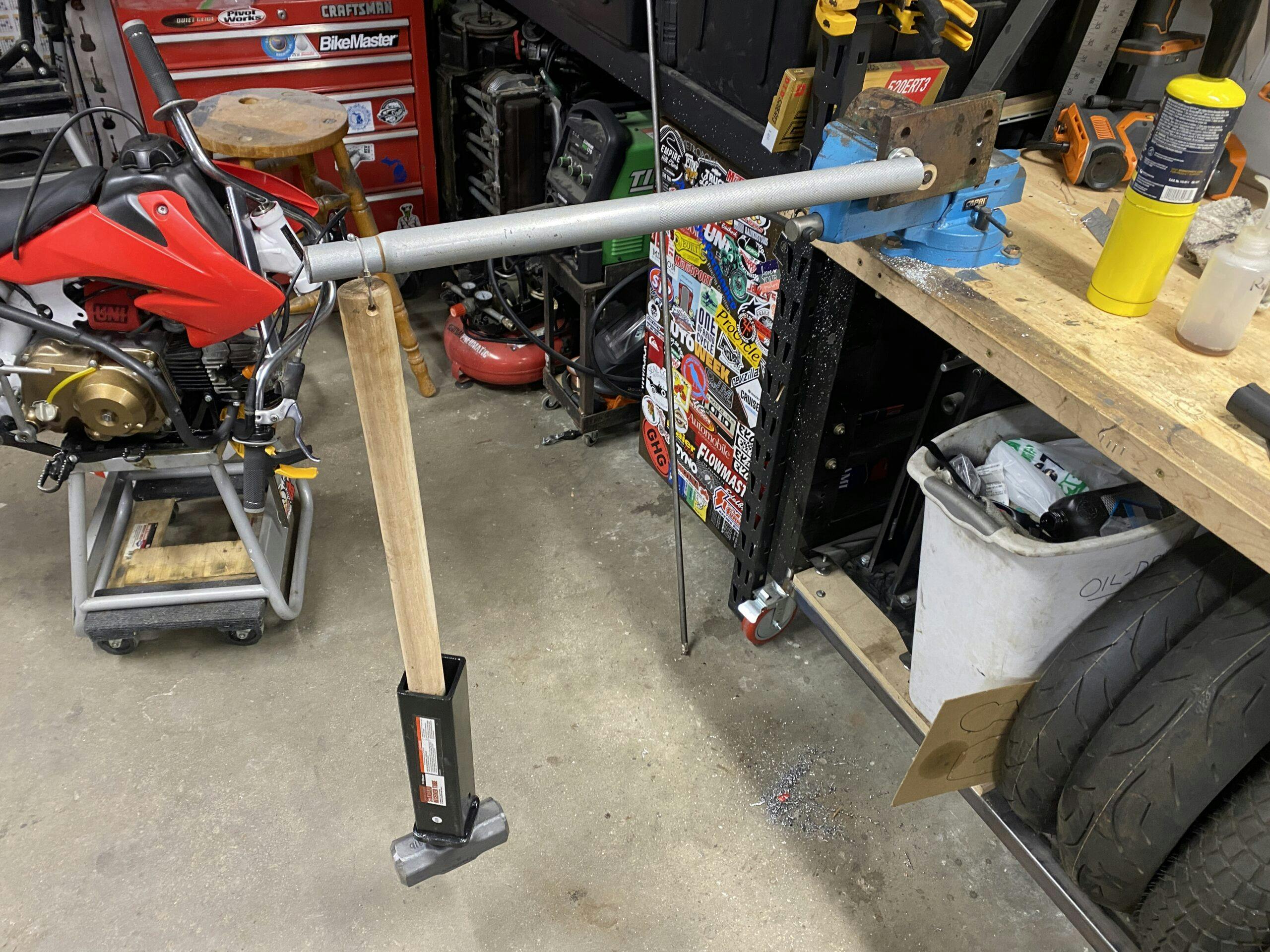

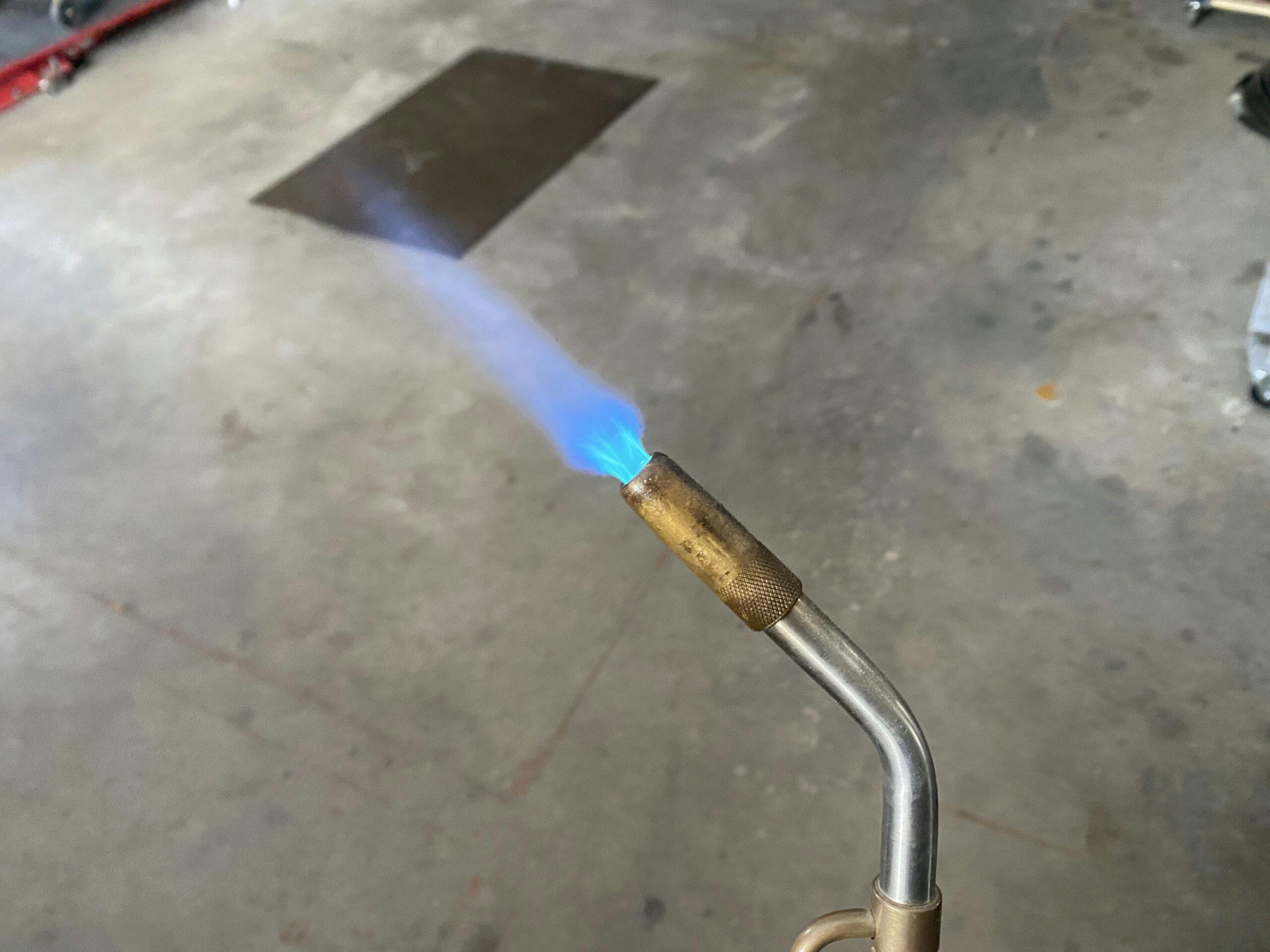

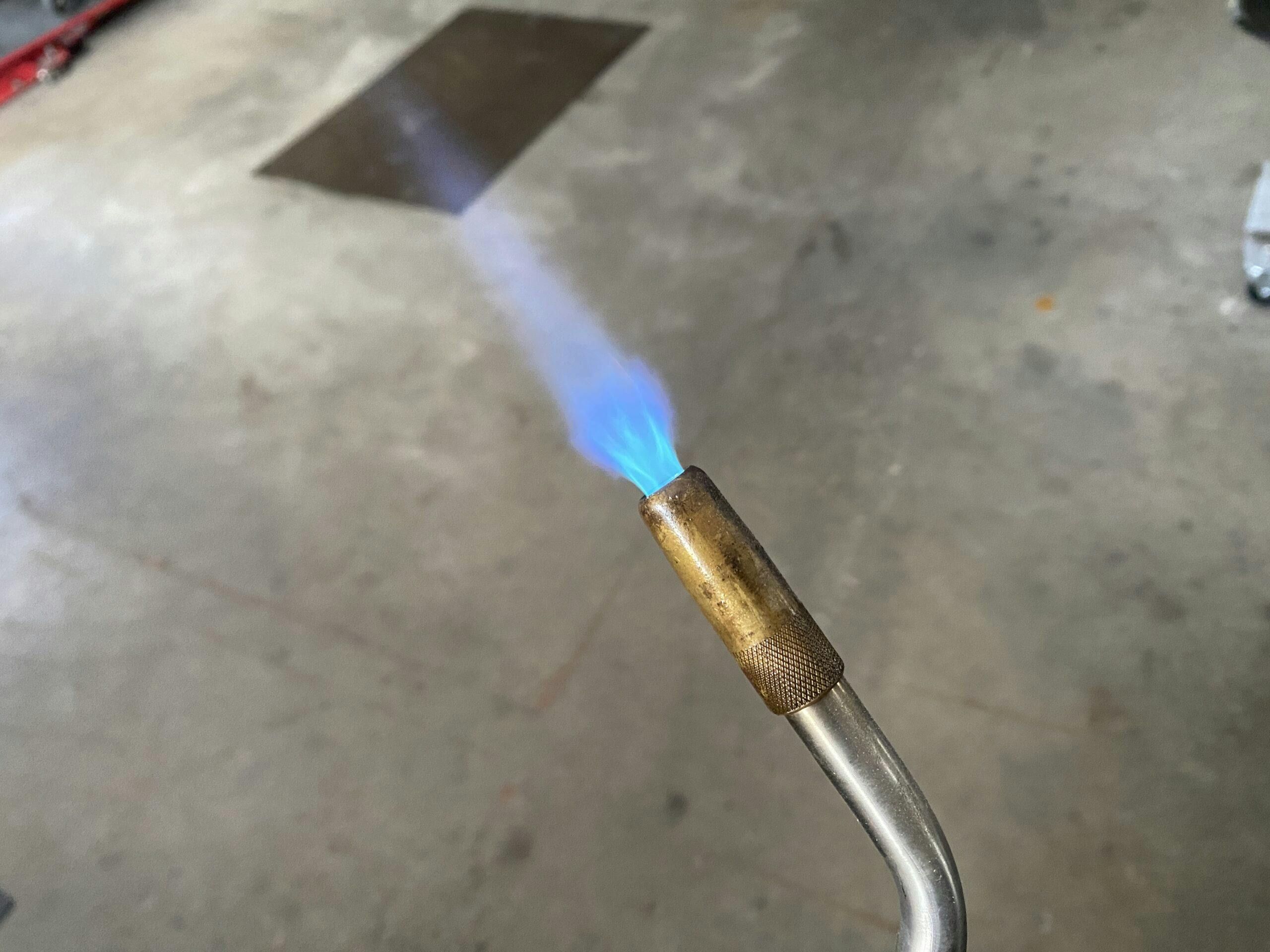


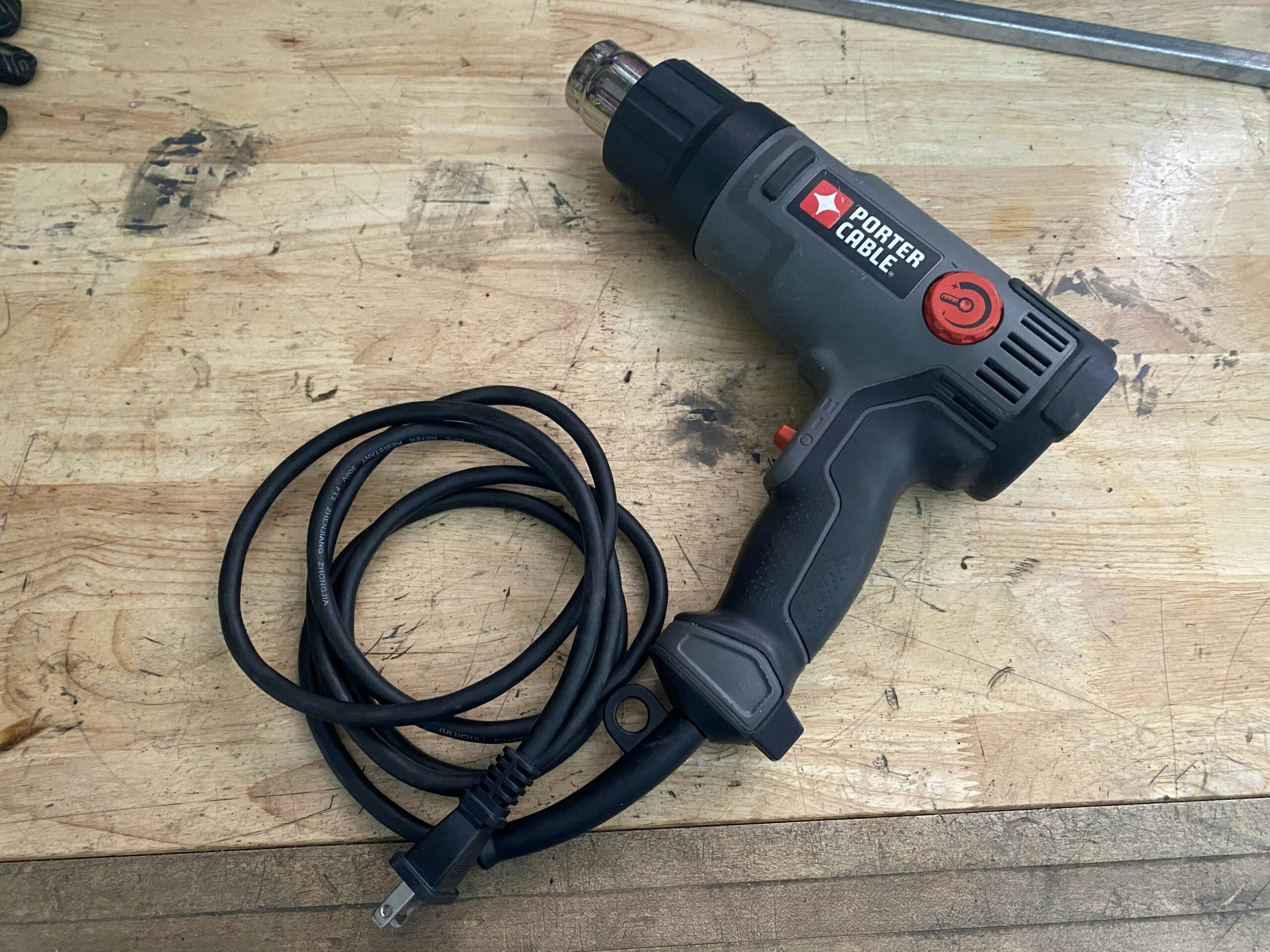
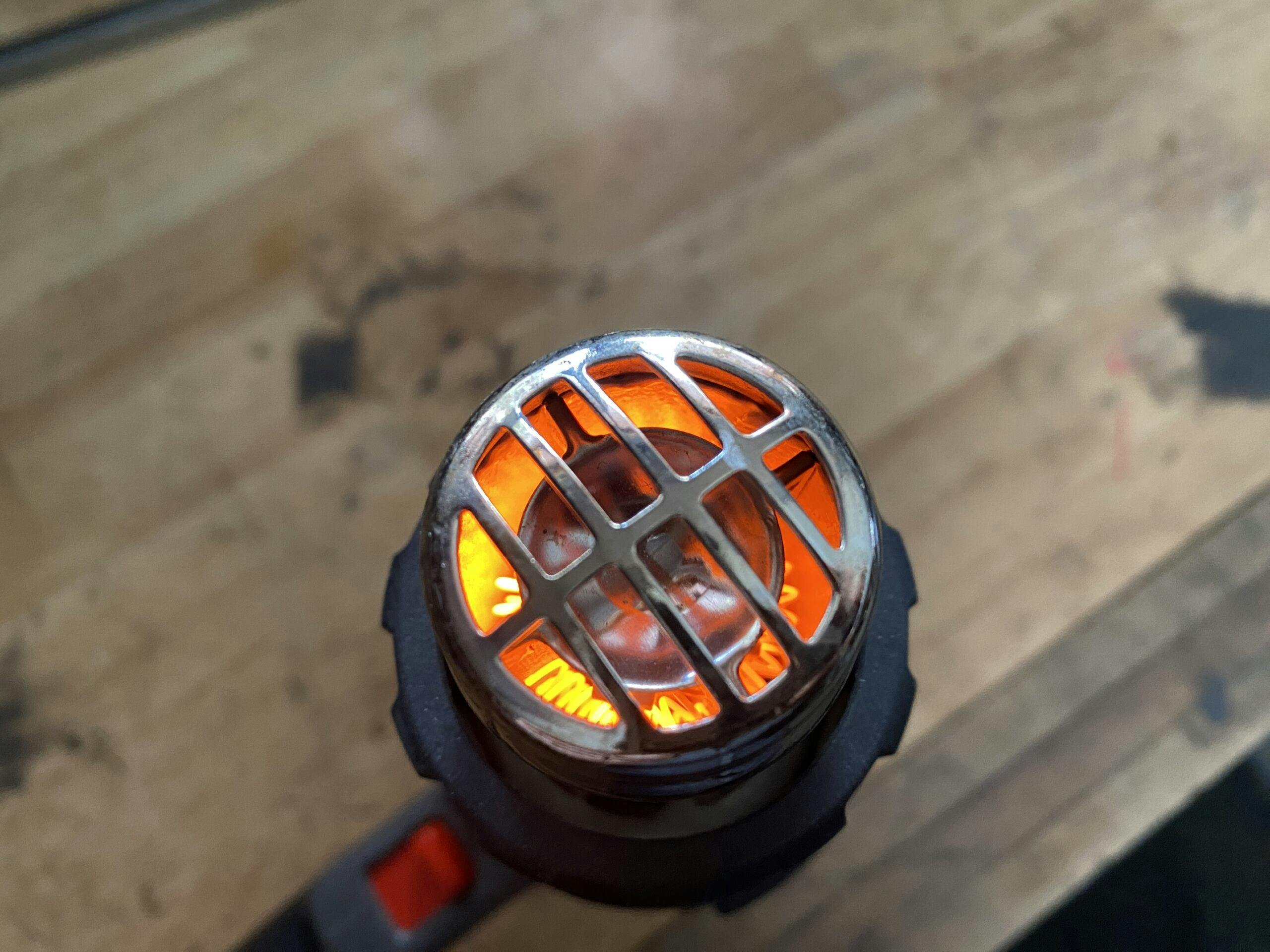
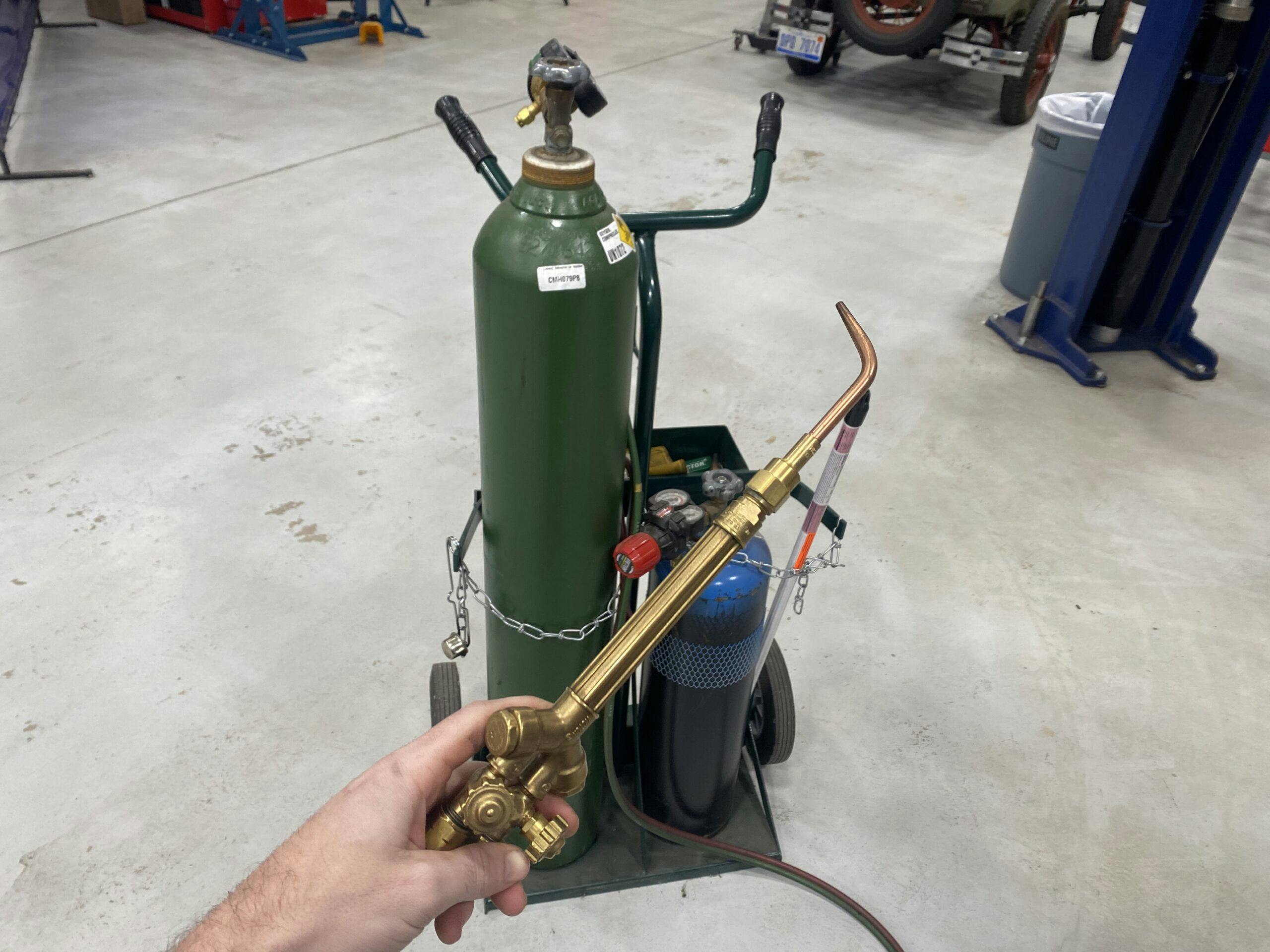
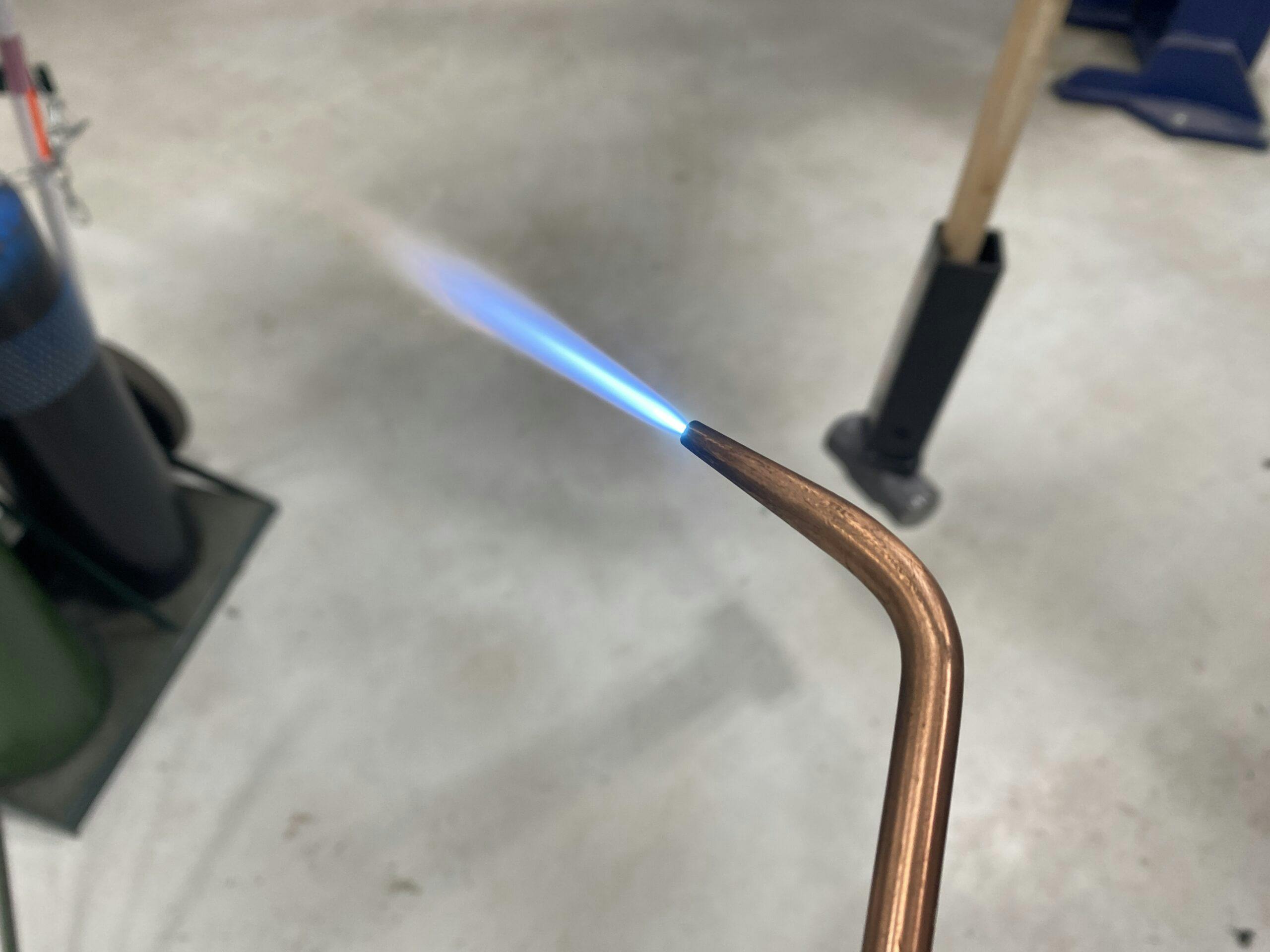





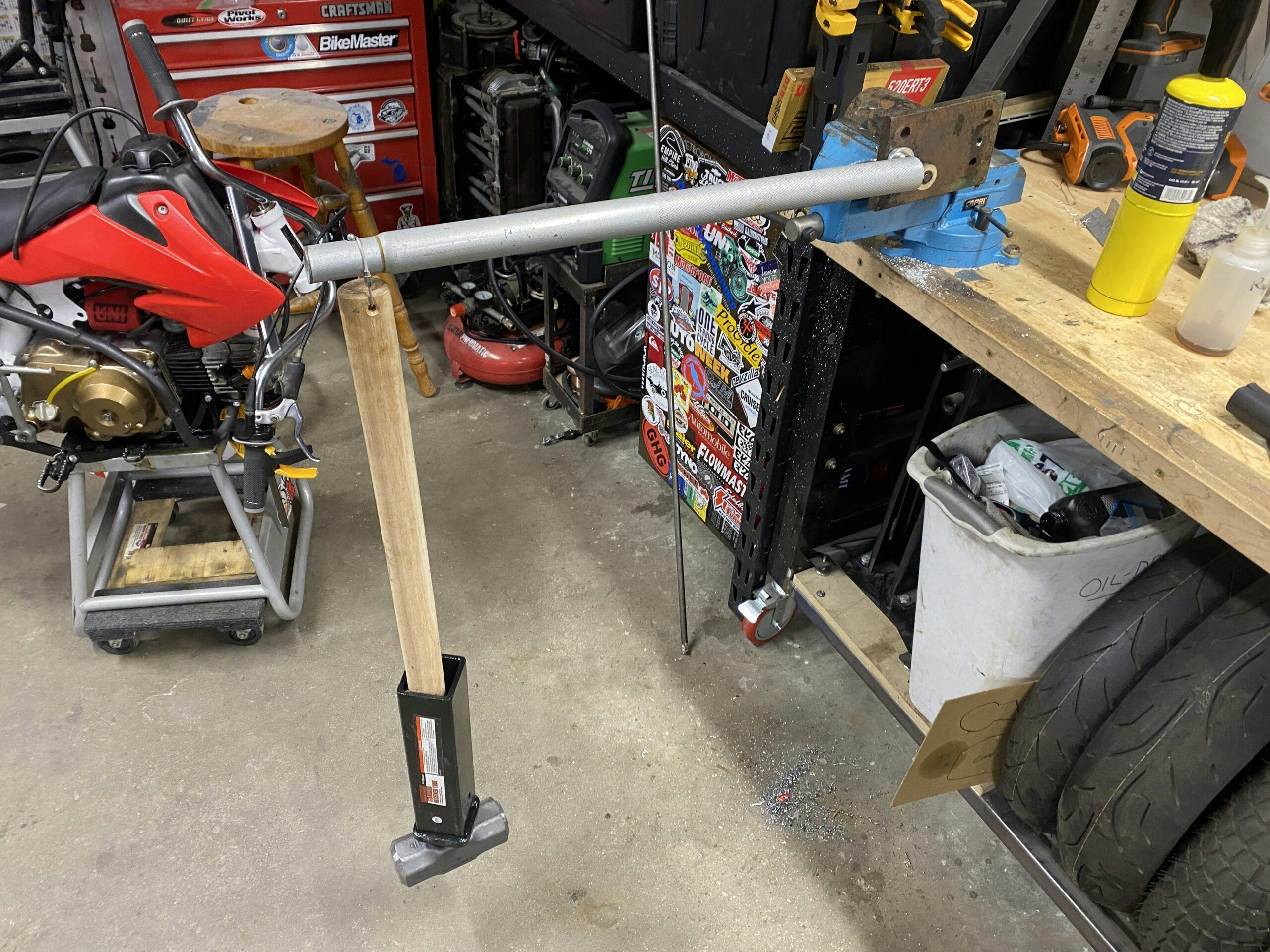





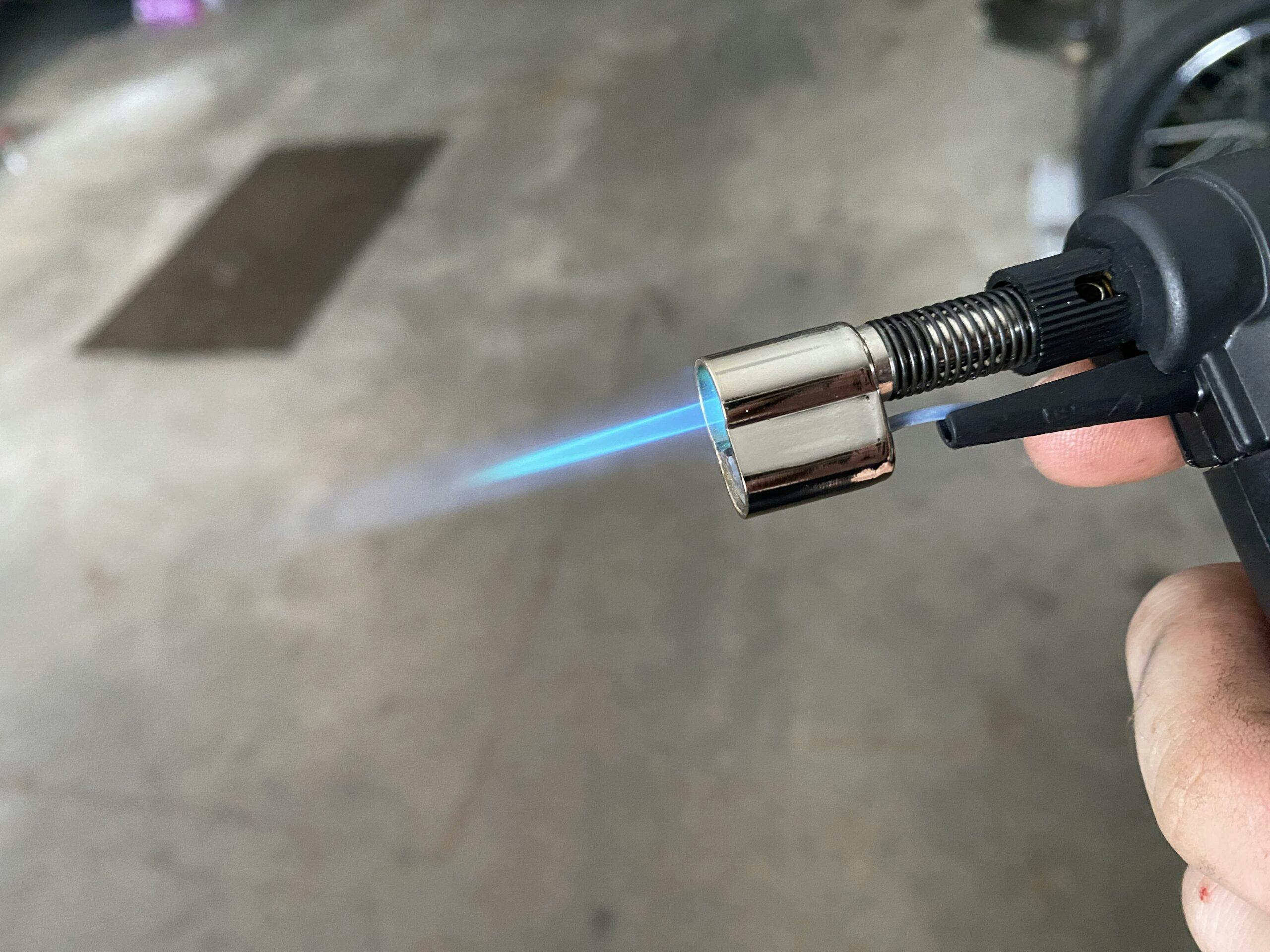

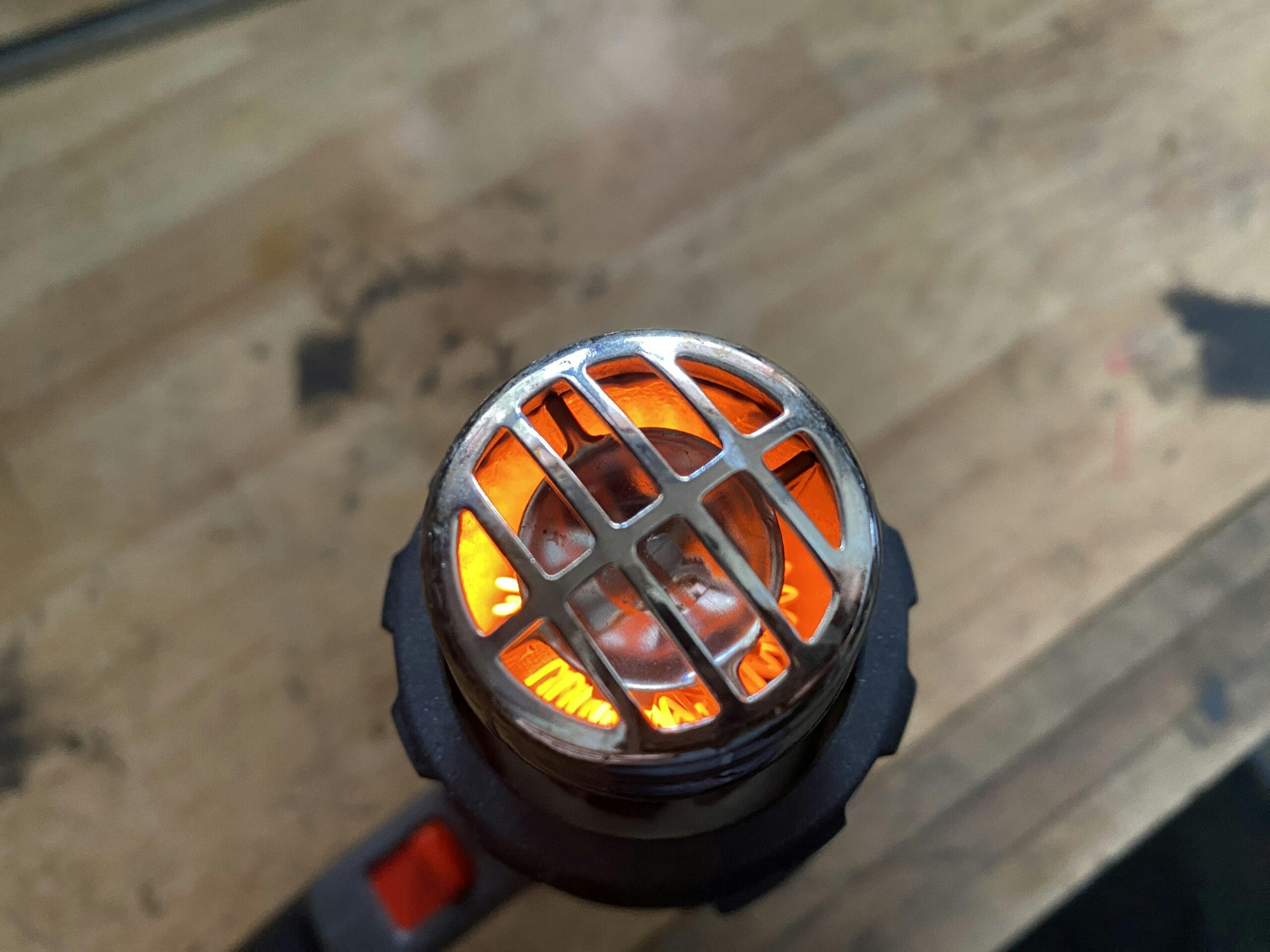


Lacking an oxyacetylene, I tried a MAPP/Oxygen torch. These used to be readily available from Benz-o-Matic. They no longer seem to sell the whole kit, but they still sell the disposable oxygen tank at Lowes. (same size as propane/MAPP cylinders with opposite thread). There are kits out there from Chinese suppliers.
The flame is definitely hotter than just propane or MAPP. Unfortunately for me, it did not free up my frozen O2 sensors. I had to bring it to a shop that had oxyacetylene rig, that did the trick.
One general thought on the topic. Way back an accomplice told me what an old guy told him. When taking out a ‘stuck’ bolt. Go slow. Back and forth, lots of lube, in out in out….. slow slow. The measure was think about the alternatives: do you really want to drill and tap or take 15 loooooong minutes to inch by inch a a bolt out? quarter turn by quarter turn…. Usually the slow slow slow method wins the day. Lot easier to chase a rough female thread than to drill and tap.
Being from a super rust belt state (WI) I learned early in my wrenching career to use Oxy/Acet, also known as the “blue wrench”. Quick but dangerous! Be careful.
I have used an Induction Innovations MDV-777 for about 2 years. I have yet to have a situation where access was an issue. Even in tight spaces, the coils can be bent to suit. As far as cost, I had a saved search on ebay for quire a few months and ended up getting a brand new one for a little over $300 shipped. Money well spent!
I should have mentioned that I have a one-man automotive shop for the past 16 years in a rust belt state (OH). So for the first 14 years, I’ve tried everything else except oxy/acet (I have oxy but have never filled an acetylene tank. Working on older vehicles, rusted hardware, especially exhaust related, is something I face at least weekly. I only wish that I had sprung for the inductive tool many years ago.
So, you’ve tried every method to get the bolt loose and the worst thing happens, the bolt breaks and one needs to use a bolt remover. What is the way to go and which method works the best, and welding a new bolt head isn’t an option. Have had bolts sheer and steel bolts in aluminum blocks aren’t the easiest to remove. What do you recommend?
I personally go to left-hand drilling the bolt and at least trying an ez-out. If no luck it pivots to stepping up drill sizes until the bolt is gone and I’m picking bits out of the threads then running a tap or thread chaser to restore threads. It’s a hairy situation no matter what and one I was pondering duplicating this type of experiment with. Just need to figure out a way to consistently break off some hardware.
Sometime heat is the only thing that works when removing stubborn nuts off where the turbo and downpipe/cat meet up.
What about the ‘bolt busters’ that use induction to heat the fastener. I borrowed one from a freind and was impressed.
A friend who restores antique tractors (often left in the elements for years, or even decades) swears by paraffin as the best stuff for removing rusted fasteners. Never tried it myself, but he insists it works better than anything else.
Am I missing something? It appears that the best choice to remove the stuck bolt without damaging the surrounding area is the butane. Granted, it took a little longer but put the least amount of heat in to either the bolt or the plate.
Kyle: why didn’t you heat the steel plate instead of the bolt? The heat will cause the bolt to stick more because it expands faster than the steel plate.
Sorry if the copy was unclear, I was heating the steel plate.
A friend bought a mini ductor for his Brit Car shop and thinks it is the greatest thing since sliced bread.
No matter what the heat source melting paraffin or even candle wax on the hot fastener so it wicks down the threads as the area cools is always a good thing.
What about an induction heater? Fast and very localized.
Induction heaters are fantastic, but sadly I didn’t have one on hand nor did I devise a way to make it work with this test setup. I hope to experiment with one in the future though.
I have done quite a bit of tourching over the years with equipment on the farm and watched my dad when he use to do it. As well as on cars. We use MAPP and oxygen and it’s definitely get bolts hot quickly but takes practice definitely because it can cause damage. I also have tried a trick a auto Machanic told me to heat up the stuck rusted bolt or nut and then dump cold water on it which shocks the nut and frees it up. I have done this a few times as well as penitrating oil like wd40 and others. I think heating up the metal expands and quickly cooling it shrinks it so it frees it up. Depending on what I am doing I also just cut the nut off and replace with new bolt. That is for farm equipment though. Great article to read anyways.
This was tested after using Loc-Tite and letting it set up in a garage at 50 F? Sorry, but that’s not much of a test. That’s a fairly cool temperature and a fairly short time. Ten years of heat cycling and rust will be worse. Thirty years of heat cycling and rust will be much worse.
I agree, but as pointed out early in the article this was designed to be repeatable so comparisons can be done. I have yet to find a way to heat cycle and corrode a dozen or so bolts identically to use for a test.
Based on the table of results above, I would say butane is the winner when temperature of nearby parts (and the stuck item itself) is of concern. Temps were kept low, probably due to the focused nature of the flame. If speed is more of a factor and temperature is not so much a concern, MAP Pro is the winner. It’s only a little slower than Oxy, but easier and less expensive to add to the workshop arsenal.